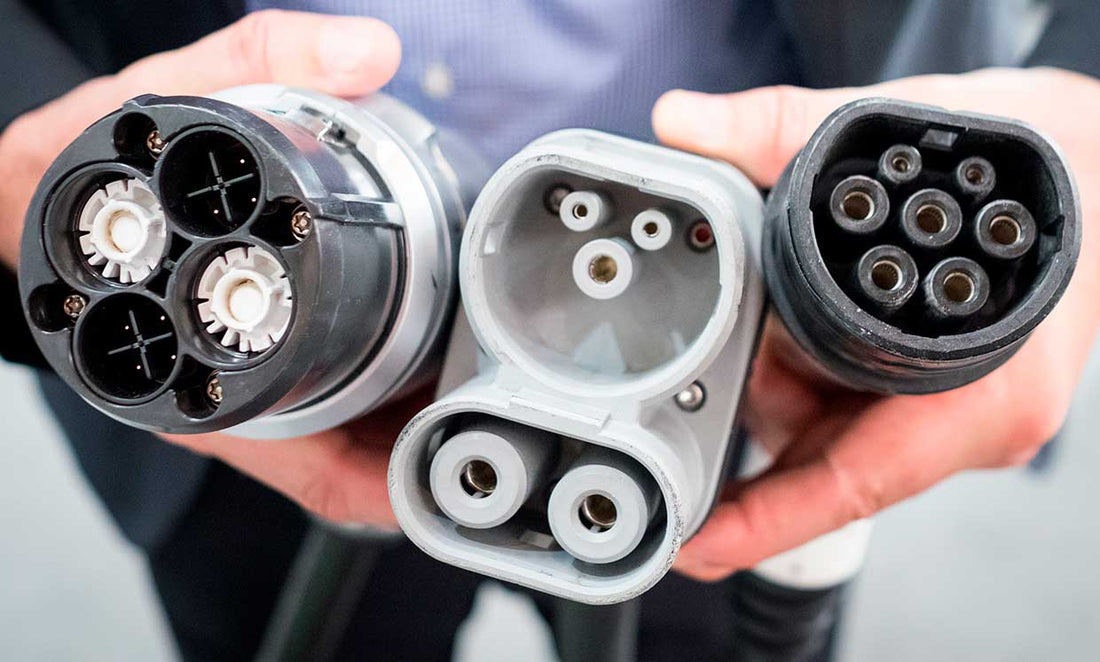SAE-J1772:
SAE-J1772, often referred to as J1772, serves as the charging standard for Level 1 and Level 2 charging for all non-Tesla EVs available in North America.
Level 1 and Level 2 AC chargers utilize standard 120V or 240V residential outlets to recharge the vehicle's battery. It's important to note that J1772 chargers generally require more time for recharging EV batteries when compared to CCS chargers due to their lower voltage output. However, they are quite convenient and regularly accessible. Many J1772 drivers accommodate this duration by topping off their battery overnight or during the workday.
These connectors, also known as Type 1 or J Plug connectors, are used for AC charging across all electric vehicle brands at the moment, excluding Tesla.
Tesla:
Tesla electric vehicles utilize an exclusive and proprietary connector featuring a single plug for Level 1, Level 2, and Level 3 DC fast charging.
Tesla's connectors are crafted to accommodate a range of voltages, facilitating a seamless transition from at-home Level 1 or Level 2 charging to accessing Tesla's exclusive SuperCharger network. Additionally, Tesla provides each vehicle with an adapter, enabling owners to connect their vehicle to standard J1772 compatible chargers.
CCS (Combined Charging Systems):
CCS, known as Combined Charging Systems, is the most widespread type of DC fast charging connector.
Upon examining a CCS plug, you'll observe its resemblance to a J1772 plug, but with two added power lines at the bottom. This configuration establishes a high-voltage connection that elevates power output to 350 kW, delivering rapid charging.
CCS stands as an open industry standard, making it an internationally utilized connector by electric vehicle manufacturers.
CHAdeMO:
CHAdeMO connectors were developed for fast EV charging by the CHAdeMO Association, an organization affiliated with the Japanese auto industry, in 2010.While certain Japanese brands still employ CHAdeMO connectors, their use is gradually diminishing.


